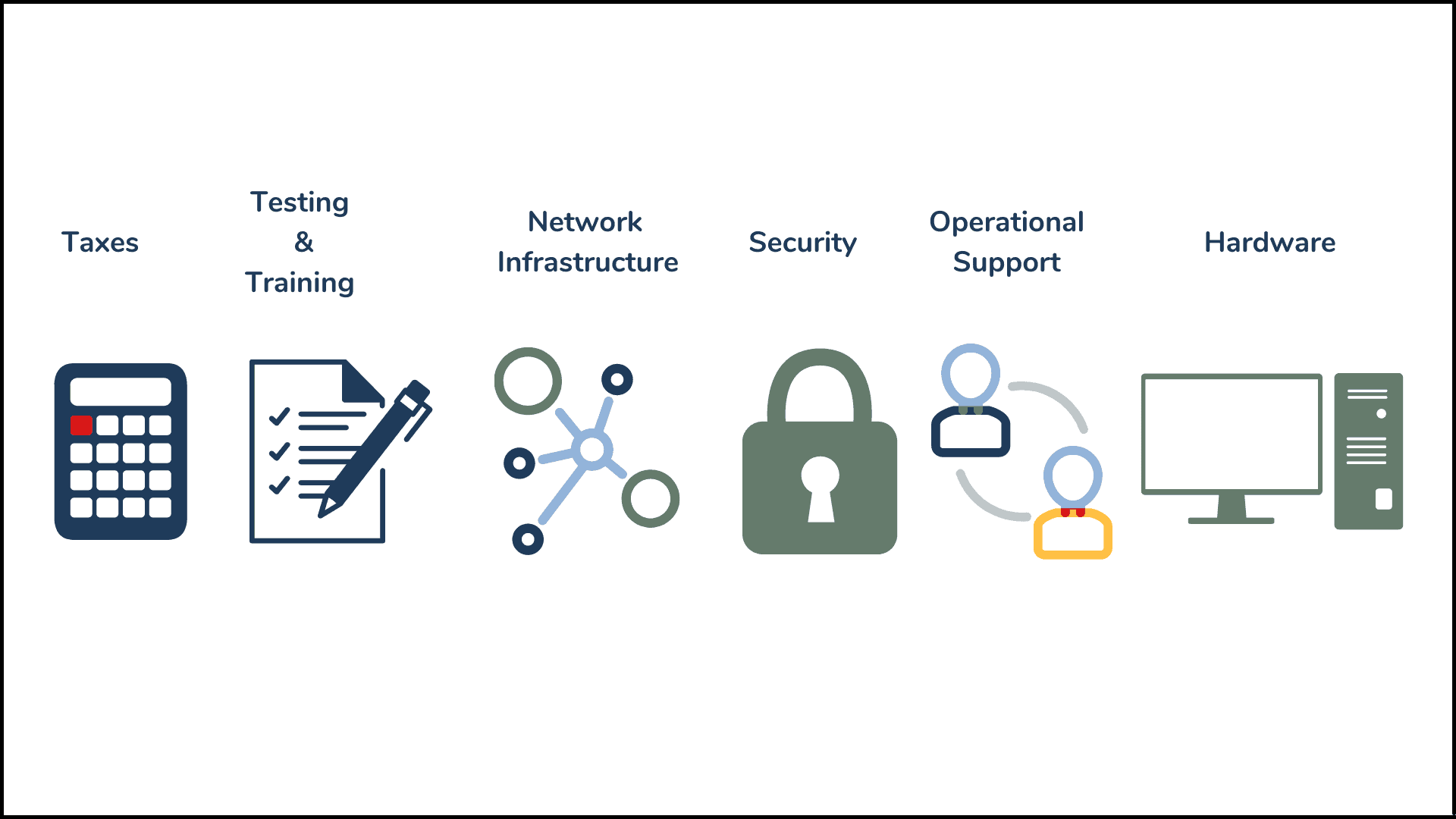Last month, ThreatConnect Inc. released its report on cybersecurity trends from 2021 and threats in 2022. To save you some time, here are the two main takeaways:
- Data breaches grew at an alarming rate in 2021.
- Staff turnover, burnout, and skill shortages pose the largest risk to companies in 2022.
If you didn’t know by now thanks to “The Great Resignation” or “The Great Reshuffle”, staffing issues are a BIG deal to companies in more ways than one.
Here are some key points from ThreatConnect’s report:
- Senior decision-makers across the U.S. report an average security staff turnover rate of 20%.
- 64% of senior decision-makers have seen a rise in turnover over the past year.
- 43% of U.S. respondents attribute a lack of skills as the biggest barrier to recruitment.
- 1 in 5 U.S. respondents is considering quitting their jobs in the next six months.
- 57% of U.S. respondents have experienced an increase in stress over the past six months.
When it comes to security, if you don’t have a trained employee to manage your security strategy and software, it won’t matter how airtight your network is. Without skilled personnel, all your firewalls, CASBs, and DMZs are about as effective as a minor league team going up against the 2016 Chicago Cubs.
DDoS attacks are a huge threat. But they’re one small piece of a big, dangerous pie. A robust IT security strategy addresses DDoS mitigation while simultaneously protecting all the other vulnerabilities in a company’s network.
So, what else can you do to ensure you’ve covered all your bases when it comes to cyber security?
One: Managed Security/SOC vendors.
These vendors don’t outsource your security team – instead, they augment it, giving you the resources you need to shore up any gaps in your team. Think of managed security vendors as free agents, waiting for you to sign them to your team. These vendors typically customize their solutions to fit your needs and work with you to develop a plan of action if anything happens. They can work with your existing tools and staff to make sure that when something happens, the right people respond.
Cybersecurity attacks can sneak up on you like Rickey Henderson stealing home base. Criminals don’t care about if you’re at home or asleep. A SOC helps make sure your company is covered 24/7. It doesn’t matter if your company is big or small: any company can get value from a trusted security partner ready to help at a moment’s notice.
Two: SASE – Secure Access Service Edge.
It’s a new enterprise networking category from Gartner that melds the routing power of SD-WAN with the protection of cloud-based security. Rather than soldering together single solutions into one unwieldy network, SASE uses one to enhance the other, giving you a network that is both fast and secure.
Cybersecurity is complex. It’s hard to convey all the different components, dependencies, and purposes of cybersecurity. There’s not one single product that you can turn on and forget about. Cybersecurity isn’t a product – it’s a strategy.
If you’re overwhelmed by the sheer difficulty of developing an IT security strategy, you’re not alone. A lot of companies bury their heads in the sand and just hope something doesn’t happen. Technology changes quickly and cyberattacks evolve with it. Recently, however, a new suite of products has emerged to help you holistically protect your entire network.
Both Managed Security and SASE can help you juggle all the parts of network security. Thinking about finding a vendor? We can help.


.png)



